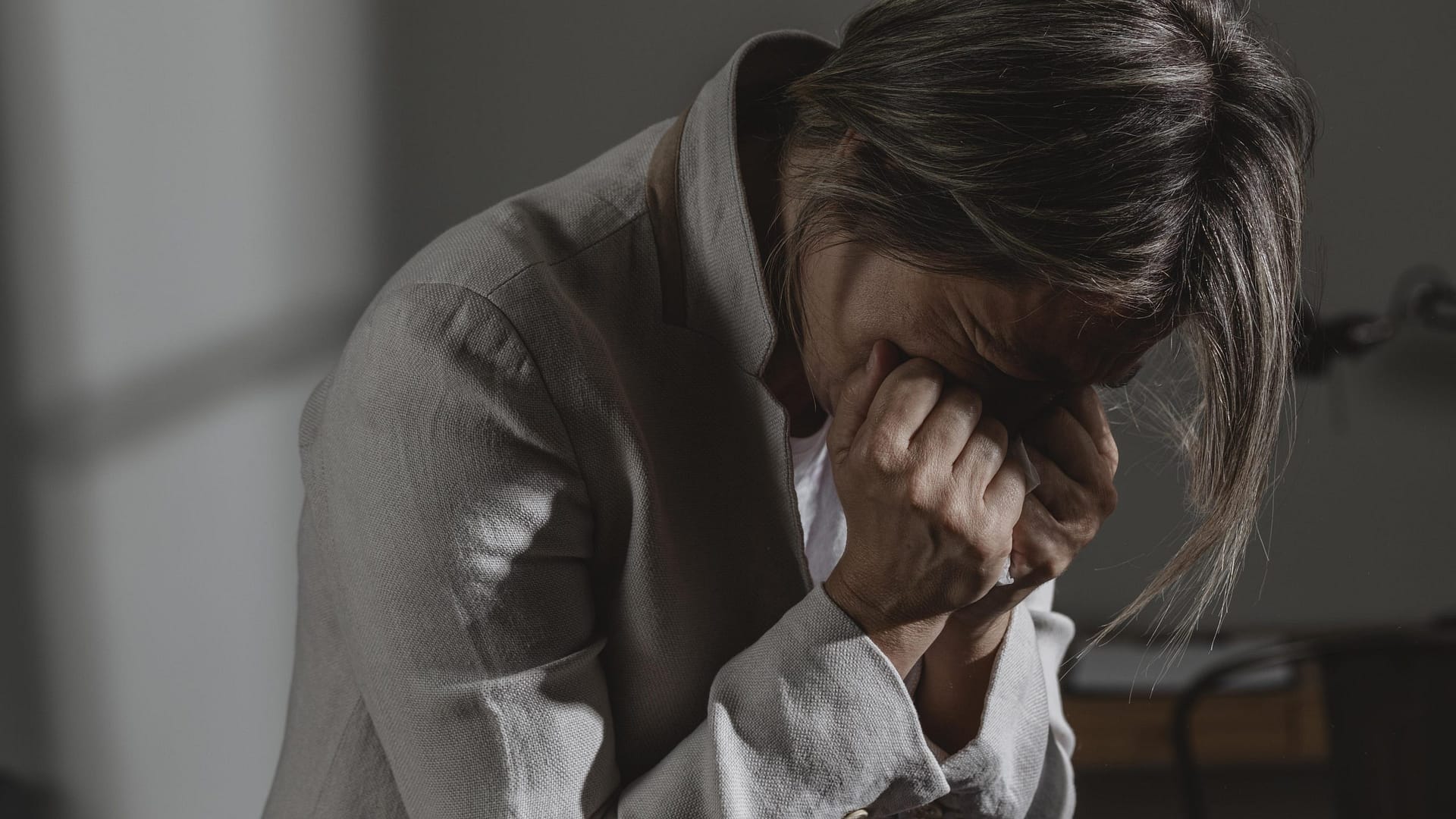Obsessive-compulsive disorder (OCD) is often portrayed in popular media as an unusual cleanliness obsession, thinking constantly, scrubbing hands, or repeatedly checking locks. While some people with OCD do experience these compulsions, the reality is far more refined. OCD encompasses many subtypes that have different fixations and rituals.
This blog post delves into the world of OCD subtypes, exploring the struggles associated with letting go of unwanted thoughts and urges. We will look at common things among different subtypes, managing specific ones can be challenging, and how to overcome OCD effectively.
Understanding Subtypes of OCD
OCD is a mental illness characterized by obsessions that result in unwanted thoughts that lead to anxiety and compulsions, which are repetitive actions aimed at reducing the anxiety caused by intrusive thoughts. The exact causes of this condition are unknown, but it is believed to result from a combination of genetic and environmental factors.
The major point here is that there is no standard way in which all persons with OCD manifest their symptoms. This brings us to the concept of subtypes, where groups of related obsessions and compulsions cluster together. Some examples of such sub-categories are:
Checking OCD: In this subtype, repetitive acts are performed for verification purposes. These could take the form of constantly confirming if doors are locked, machines are unplugged, or even checking one’s body for imperfections or signs of danger.
Hoarding OCD: One significant aspect about items is that regardless of whether they are worth anything substantial, all items have sentimental values attached, making it really tough for such individuals to dispose of them. The presence of significant clutter in these people’s lives also affects them emotionally and may impact their daily functioning.
Pure O (purely obsessional) or Intrusive Thoughts OCD: In this subtype, patients experience persistent anxiety due to intrusive and unwanted thoughts. For example, the thoughts can be sexual in nature, violent, blasphemous, or simply nonsensical. Differently from other subtypes of OCD, the compulsions in Pure O are often more mental (e.g., mental reviewing, counter thoughts) than behavioral.
Symmetry and Ordering OCD: People with this subtype require things to be in a definite order or arrangement. The person may feel uncomfortable if objects are not properly aligned or the routine is interrupted.
It is, however, crucial to note that these are just a few examples since there is a lot of overlap between subtypes. Symptoms may come from more than one subtype of OCD.
The Struggle to Let Go: Commonalities Across Subtypes
Irrespective of their varying compulsions, all OCD subtypes face one common problem, i.e., the inability to get over unwelcome thoughts and feelings. Here’s why:
The Cycle of Obsessions and Compulsions: Anxiety fuels the core of OCD by creating a cycle where intrusive thoughts set off anxiety, which makes individuals carry out acts repetitively. Although these compulsive behaviors will bring temporary relief, they will keep on coming back as long as the individual still experiences an obsession.
The Power of Reassurance: Some actions seek to gain reassurance by being repeated, for example, checking the stove several times to confirm it is off and won’t cause fires again. Unfortunately, this assurance is only short-term and weakens an individual’s ability to deal with anxiety in a healthy manner.
One of the main features of OCD is its fear of uncertainty and the risk of bad outcomes if compulsions are not met. The power of this fear sometimes defies logic and keeps individuals in a loop of obsessions and compulsions.
Therapies to Manage OCD
While it is hard to stop thinking about intrusive thoughts and the urge to act on them, there are ways one can use to manage OCD and be free from repeating obsessions and compulsions. Below are some of these methods:
Exposure and Response Prevention (ERP) therapy: Known as the standard therapy for OCD, ERP entails gradual exposure of individuals to triggers but suppressing the urge to engage in rituals. A therapist will create a customized hierarchy of exposures, starting with mild ones and moving on to moderate ones. With time, individuals learn to endure anxiety without performing compulsions.
Cognitive behavioral therapy (CBT): CBT helps people with OCD pinpoint negative thought patterns that encourage their obsessions and compulsions. By learning how to detect and redefine such thoughts, patients can have better strategies for managing anxiety.
Acceptance and Commitment Therapy (ACT): This therapy for OCD involves using mindfulness and acceptance strategies to reduce compulsive behaviors. By accepting unwanted thoughts without acting on them and committing to behavior change aligned with personal values, individuals can manage symptoms more effectively and improve overall mental well-being.
Mindfulness techniques: Practices like meditation increase individuals’ awareness of what is happening in their minds without any judgment. Through practicing this, the OCD therapists in NYC can notice the obsessive thoughts arising but not get involved in the stress process that arises from this.
Relaxation technique: Methods such as deep breathing or progressive muscle relaxation enable an individual to manage anxiety at the moment, thus reducing compulsion urges.
FAQs About Managing OCD
Q1. What are intrusive thoughts in OCD?
Intrusive thoughts in OCD are unwanted, distressing ideas or images that repeatedly enter the mind, causing significant anxiety and compelling individuals to perform rituals or compulsions.
Q2. Where can I get support for OCD management?
People living with OCD often feel alone, but it does not have to be that way. There are numerous resources available to assist you in managing your OCD. Consider joining a support group, contacting OCD specialists in NYC, or linking up with online forums for individuals dealing with OCD.
Q3. Are there any lifestyle changes that can help me cope with OCD?
Certainly! Taking good care of oneself physically and mentally can significantly enhance overall wellness and facilitate handling OCD. Routines such as regular exercise, healthy sleeping habits, reading books on OCD, and relaxation procedures can all decrease symptoms of obsessive-compulsive disorders. However, it is essential to visit a psychotherapist to manage OCD issues better.
Overcome your OCD
Obsessive-Compulsive Disorder (OCD) is a complex condition. By getting to know the various subtypes and their challenges, you may be able to deal with them more effectively. Remember that you are not alone in this struggle. With commitment, getting support from professional mental health services in NYC, such as GS Mental Health & Wellness Center in New York, can assist in managing OCD and leading a normal life.






